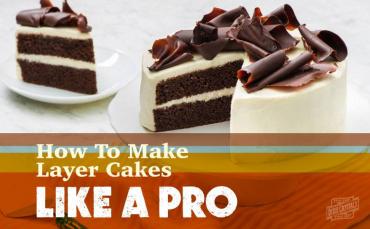
Salted vs. Unsalted Butter

You’ve seen both types of butter in the refrigerated section of the grocery store. Salted and unsalted. Ever wonder why they carry both kinds and why you would use one over the other when you bake? Sometimes the obvious answer is the right one.
Salted butter contains salt. Unsalted butter does not.
Unsalted Butter
According to Chef Eddy Van Damme, controlling the amount of salt in a recipe is extremely important to the outcome, so bakers and pastry chefs prefer unsalted butter. Unsalted butter is sometimes referred to as "sweet cream butter" and is favored by many bakers as it allows for greater control over the amount of salt in a recipe. However, it is worth noting that unsalted butter has a shorter shelf life compared to salted butter due to the lack of a preserving agent (salt). Unsalted butter has a cleaner and purer taste, making it ideal for use in delicate and sweet baked goods where the flavor of the butter itself is intended to shine.
Salted Butter
Salted butter is a versatile option for everyday cooking. Due to its longer shelf life, those buying butter for reasons other than baking prefer it. Salted butter is commonly used in cooking to add flavor to dishes like vegetables, pasta, and sauces such as hollandaise, beurre blanc, and béarnaise. Salted butter is often used as a finishing touch for dishes like steaks, roasted vegetables, and potatoes, and it's a popular topping for popcorn and baked potatoes.
But for making pies, cakes, and cookies? Chef Eddy says to stay clear of the salted type. If you only have salted, you can substitute it if you reduce the amount of salt in your recipe by 1/4 teaspoon per 1/2 cup of butter.
To learn more, check out our Which Fat is Better for Baking blog post.
Check out this step-by-step, how-to video to learn how to cream butter.
PIN IT NOW!

 then
then  Add DIXIE CRYSTALS to Home Screen
Add DIXIE CRYSTALS to Home Screen



Sign in or create an account
You need an account to like and rate recipes, comment, and share a recipe with the community.
Continue with Facebook